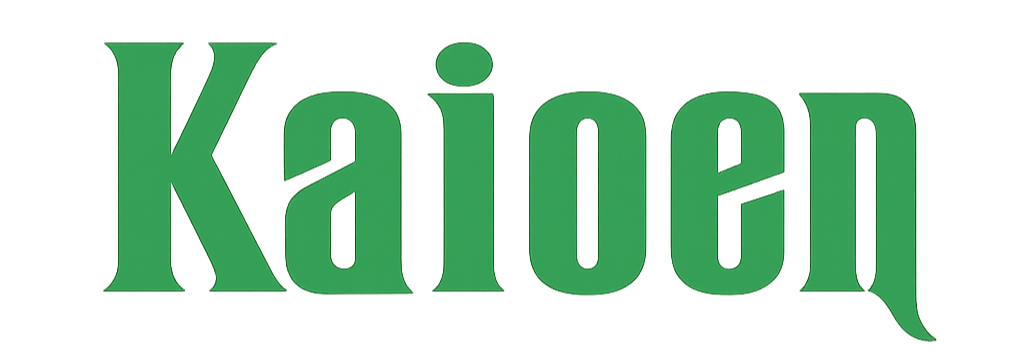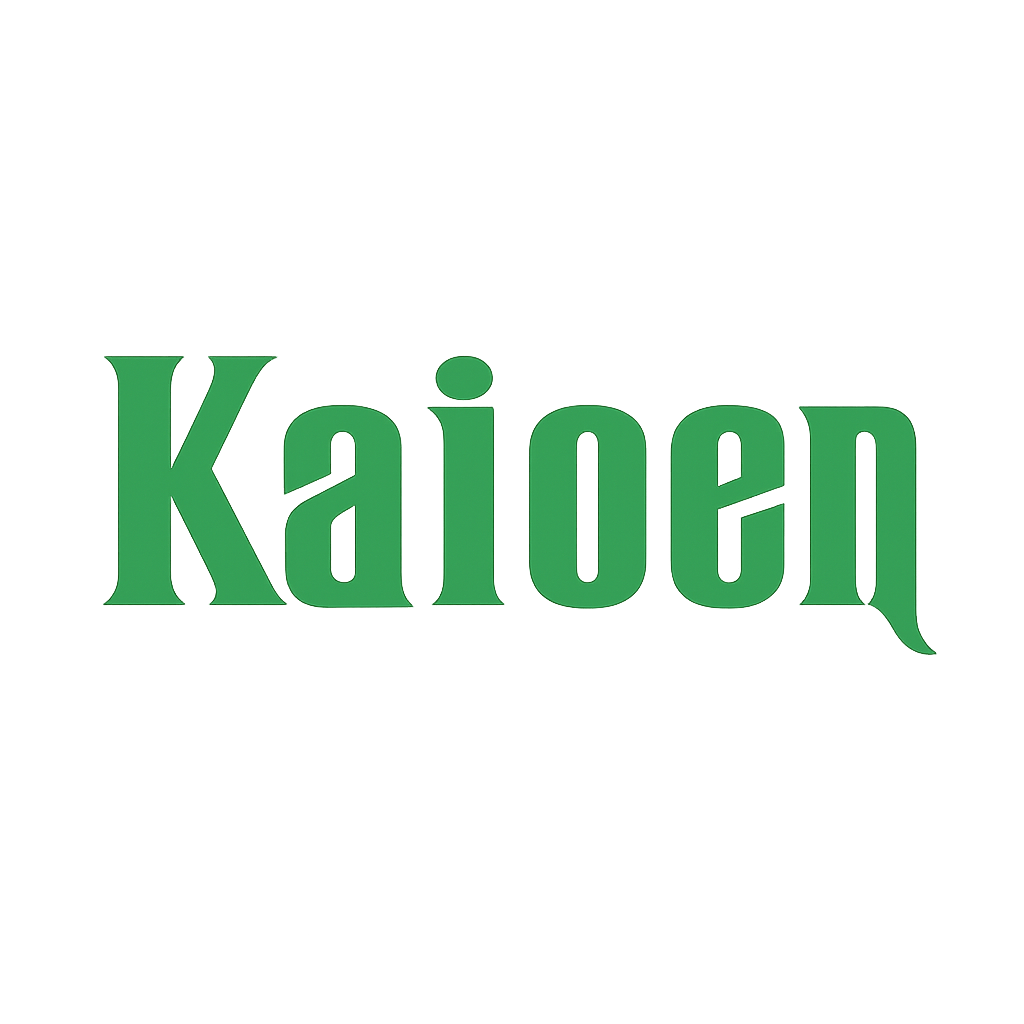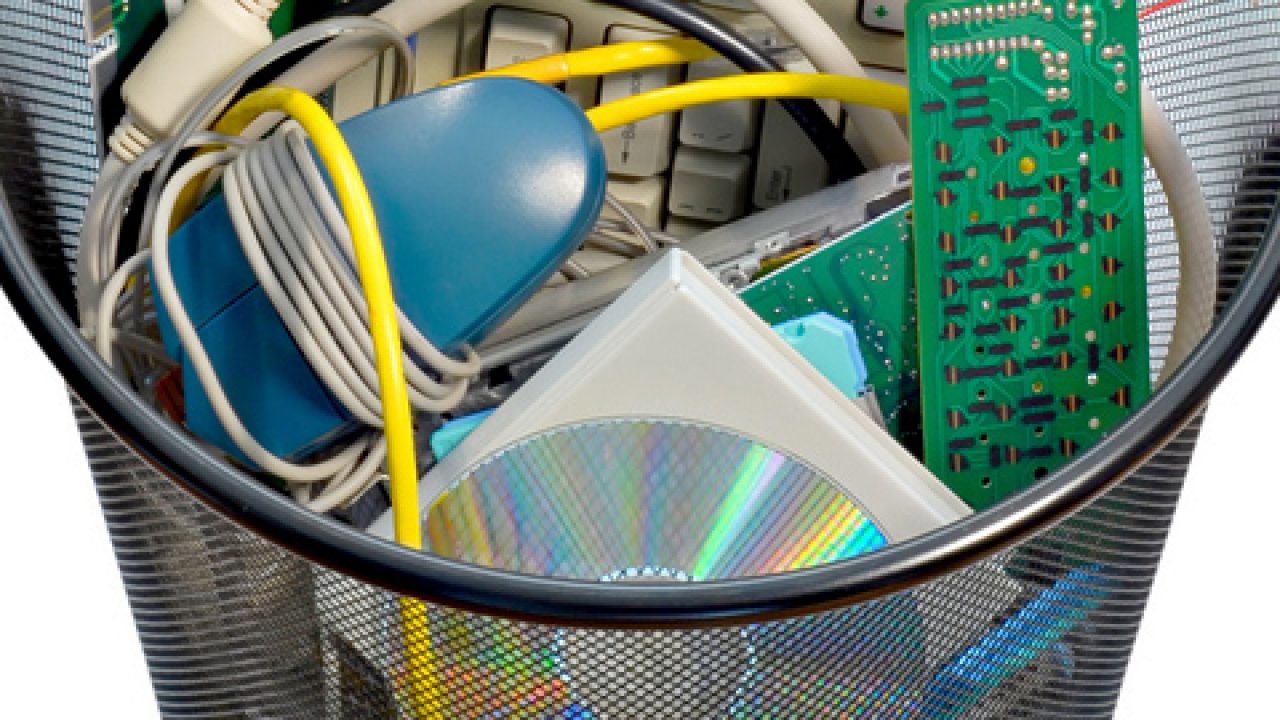When it comes to managing IT infrastructure, every organization faces the same big question: Should we handle it in-house, or outsource it to a trusted partner?
There’s no one-size-fits-all answer. The right choice depends on your business size, technical requirements, budget, and long-term goals. But understanding the advantages and challenges of each approach can help you make a smarter, future-ready decision.
The Case for In-House IT
Keeping IT operations internal gives businesses complete control over their infrastructure and data. Your team is fully aligned with company culture, policies, and day-to-day operations.
Pros:
- Direct control and visibility – You know exactly who’s managing your systems and how they’re handled.
- Tailored expertise – Internal teams often understand the specific nuances of your systems and workflows.
- Immediate response time – Having IT staff on-site can speed up troubleshooting and reduce downtime.
Cons:
- Higher costs – Salaries, benefits, training, and tools add up quickly, especially for smaller organizations.
- Limited scalability – Expanding IT operations requires new hires, which takes time and resources.
- Skill gaps – It’s hard (and expensive) to maintain deep expertise across every emerging technology.
The Case for Outsourced IT
Outsourcing IT services to a partner like Kaioen gives businesses access to specialized expertise and scalable resources without the overhead of maintaining an in-house department. It’s an approach that blends flexibility, performance, and cost efficiency.
Pros:
- Access to experts – Outsourced IT providers bring diverse skill sets, from cybersecurity to cloud infrastructure.
- Cost efficiency – You pay for what you need, when you need it, instead of maintaining full-time staff.
- Scalability – Easily scale up or down based on business demand or seasonal needs.
- Focus on core business – Your team can concentrate on strategy and innovation while experts handle the tech.
Cons:
- Less direct control – Your IT operations depend on the provider’s processes and communication.
- Security concerns – Working with third-party vendors requires trust and strong service-level agreements (SLAs).
- Integration challenges – Outsourced teams need time to align with your internal systems and culture.
Finding the Right Balance
For many companies, the best approach isn’t purely one or the other — it’s a hybrid model. Core systems or security-sensitive tasks can stay in-house, while specialized or resource-intensive functions (like helpdesk, cloud management, or IT logistics) are outsourced.
At Kaioen, we help businesses find that balance. Our managed IT services cover everything from warehouse and logistics to deskside support, IT asset management, and infrastructure maintenance — all designed to scale with your growth while keeping security and transparency front and center.
The choice between in-house and outsourced IT isn’t just about cost — it’s about building a resilient, future-ready operation that supports your business goals.







